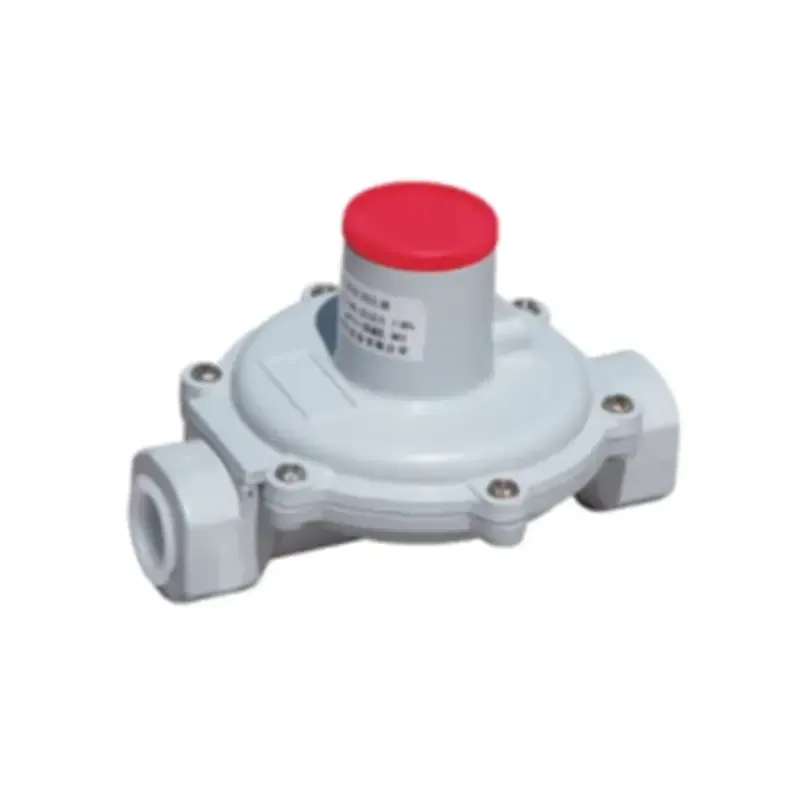
Dec . 04, 2024 00:21
Back to list
electric valve
Understanding Electric Valves A Comprehensive Guide
Electric valves play a crucial role in various industrial applications, serving as reliable and efficient tools for controlling the flow of fluids and gases. As technology advances, the demand for electric valves is flourishing due to their precision, automation capabilities, and adaptability in challenging environments. This article delves into the fundamentals of electric valves, their types, working mechanisms, applications, and the benefits they offer.
What are Electric Valves?
Electric valves, also known as electric actuated valves, are devices that use electrical energy to operate and regulate the flow of fluids—for instance, water, oil, gas, or other liquids. Unlike manual valves, which require manual labor to operate, electric valves can be actuated remotely, allowing for quick adjustments and enhanced control over the flow rate.
Types of Electric Valves
There are several types of electric valves, each serving different purposes and functioning based on various mechanisms
1. Electric Ball Valves These valves use a spherical disc with a hole through the center that opens or closes when rotated. They are known for their tight sealing and are used widely in both on/off control and throttling applications.
2. Electric Butterfly Valves This type features a rotating disc that acts as a resistance to fluid flow. They are particularly effective for large volumes of fluids and are often used in applications where space is limited.
3. Electric Gate Valves With a linear motion to lift the gate out of the path of the flow, electric gate valves are used when a straight-line flow of fluid and minimum restriction is desired. They are typically employed in pipelines carrying liquids, slurries, or gases.
4. Electric Globe Valves These are designed for regulating flow in a pipeline. They use a spherical body to change the flow path, making them suitable for throttling services.
5. Electric Check Valves Utilized to prevent backflow in systems, electric check valves open and close automatically with the flow of liquid or gas, ensuring that fluids move in the desired direction.
How Electric Valves Work
Electric valves operate through an electric actuator that controls the opening and closing of the valve. The actuator is powered by an electric current, which translates into rotary or linear motion, depending on the design of the valve. When a specific signal is received, whether from a controller or a manual switch, the actuator adjusts the valve’s position—either opening it fully, closing it, or maintaining it at a desired level.
electric valve

Components of an electric valve system typically include the valve body, actuator, positioner, and control system. The positioner is critical for providing real-time feedback to the control system about the valve's position, allowing for precise control.
Applications of Electric Valves
Electric valves are widely used in industries such as
- Water Treatment For controlling the flow of water and chemicals in treatment plants. - Oil and Gas In pipelines for regulating the flow of oil and natural gas, ensuring safety and efficiency. - HVAC Systems For managing the flow of air and cooling fluids in heating, ventilation, and air conditioning systems. - Food and Beverage In processing plants where precise control over fluid flow is critical for maintaining quality and safety standards. - Pharmaceuticals Ensuring sterile processes where contamination cannot be tolerated.
Benefits of Electric Valves
1. Automatic Control Electric valves can be easily integrated into automated systems, allowing for real-time control and adjustments without manual intervention.
2. Precision They offer accurate control over flow rates and pressure, which is essential in many industrial processes.
3. Reduced Labor Costs With the automation of processes, the need for manual operation diminishes, leading to lower labor costs and increased efficiency.
4. Durability Electric valves are designed to withstand harsh conditions, providing long-lasting performance in demanding environments.
5. Energy Efficiency By optimizing flow control, electric valves contribute to the overall energy efficiency of an operation, reducing waste and costs.
Conclusion
Electric valves are indispensable in modern industrial applications. Their ability to automate flow control, combined with their precision and durability, makes them an essential component across various sectors. Understanding the different types of electric valves, their working mechanisms, and benefits can aid businesses in selecting the right solutions to enhance their operations. As industries continue to embrace automation and smart technology, the role of electric valves is expected to expand even further.
Latest news
-
Safety Valve Spring-Loaded Design Overpressure ProtectionNewsJul.25,2025
-
Precision Voltage Regulator AC5 Accuracy Grade PerformanceNewsJul.25,2025
-
Natural Gas Pressure Regulating Skid Industrial Pipeline ApplicationsNewsJul.25,2025
-
Natural Gas Filter Stainless Steel Mesh Element DesignNewsJul.25,2025
-
Gas Pressure Regulator Valve Direct-Acting Spring-Loaded DesignNewsJul.25,2025
-
Decompression Equipment Multi-Stage Heat Exchange System DesignNewsJul.25,2025

